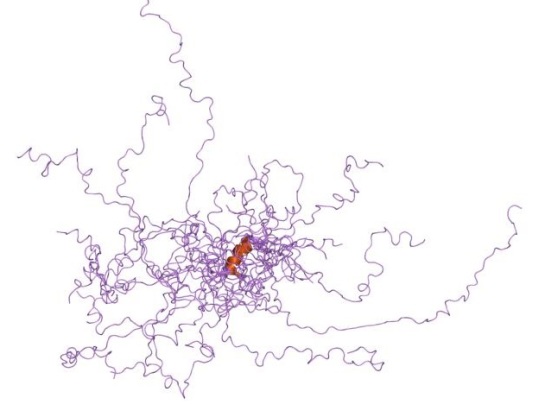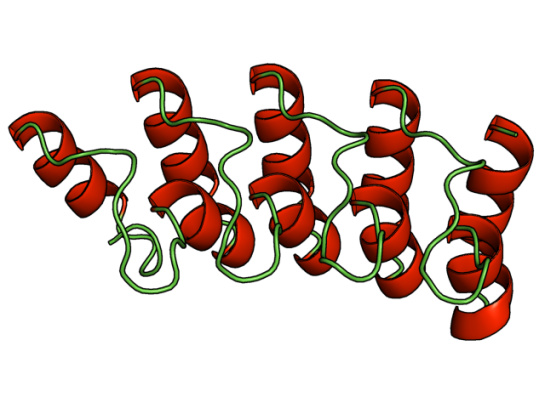Today, I saw this blogpost by Dr.Adam Ruben in social media via a researcher. It was very funny, yet nailed the truth quite strong. Reading through the long list, I kept saying “Yes, that true!”. So, here I am sharing the list with you, those highlighted in bold are mine. Those in italics are not completely true to me. Mea Culpa! 🙂
I don’t sit at home reading journals on the weekend.
I have skipped talks at scientific conferences for social purposes.
I remember about 1% of the organic chemistry I learned in college. Multivariable calculus? Even less.
I have felt certain that the 22-year-old intern knows more about certain subjects than I do.
I have avoided eye contact with eager grad students while walking past their poster sessions.
When someone describes research as “exciting,” I often don’t agree. Interesting, maybe, but it’s a big jump from interest to excitement.
Sometimes I see sunshine on the lawn outside the lab window and realize that I’d rather be outside in the sun. [TOTALLY!!!]
I have gone home at 5 p.m.
I have asked questions at seminars not because I wanted to know the answers but because I wanted to demonstrate that I was paying attention.
I have never fabricated data or intentionally misled, but I have endeavored to present data more compellingly rather than more accurately.
I have pretended to know what I’m talking about.
I sometimes make superstitious choices but disguise them as tradition or unassailable preference.
I like the liberal arts. [No, I LOVE them!]
When a visiting scientist gives a colloquium, more often than not I don’t understand what he or she is saying. This even happens sometimes with research I really should be familiar with.
I have enjoyed the fruits of grade inflation.
I have called myself “doctor” because it sounds impressive.
I dread applying for grants. I resent the fact that scientists need to bow and scrape for funding in the first place, but even more than that, I hate seeking the balance of cherry-picked data, baseless boasts, and exaggerations of real-world applications that funding sources seem to require.
I have performed research I didn’t think was important.
In grad school, I once stopped writing in my lab notebook for a month. I told myself I could easily recreate the missing data from Post-it notes, paper scraps, and half-dry protein gels, but I never did.
I do not believe every scientific consensus.
I do not fully trust peer review.
When I ask scientists to tell me about their research, I nod and tell them it’s interesting even if I don’t understand it at all.
I never was never interested in Star Wars. [I don’t know why Scientists = Star Wars Fan!]
I have openly lamented my ignorance of certain scientific subtopics, yet I have not remedied this.
I have identified steps in lab protocols that can be optimized, yet I have not optimized them.
I have worried more about accolades than about content.
If I could hand over my lab work to a robot, I’d do it in a second. Then I’d resent having to maintain the robot.
During my graduate-board oral exam, I blanked on a question I would have found easy in high school.
I can’t name four papers my grad-school lab published, but I can describe the details of our entry every year into the Biology Department Holiday Party Dessert Competition.
I have feigned familiarity with scientific publications I haven’t read.
I have told other people my convictions, with certainty, then later reversed those convictions.
I have killed 261 lab mice, including one by accident. In doing so, I have learned nothing that would save a human life. [No, not 261. About 20 in high school.]
I can’t get excited about the research to which some of my friends and colleagues have devoted their lives.
I can’t read most scientific papers unless I devote my full attention, usually with a browser window open to look up terms on Wikipedia.
I allow the Internet to distract me.
I have read multiple Michael Crichton novels.
I have taken food from events I did not attend and mooched swag from vendors I did not talk to.
I have used big science words to sound important to colleagues.
I have used big science words to sound important to students.
I have used big science words to sound important to my 3-year-old daughter.
I sometimes avoid foods containing ingredients science has proved harmless, just because the label for an alternative has a drawing of a tree.
I have miserably failed exams in the exact field I chose to study.
I own large science textbooks I have scarcely used. I have kept them “for reference” even though I know I’ll never use them again. I intend to keep them “for reference” until I die.
I have abandoned experiments because they did not yield results right away.
I own no wacky science ties.
I want everyone to like me.
I have known professors who celebrate milestone birthdays by organizing daylong seminars about their field of study. To me, no way of spending a birthday sounds less appealing.
Sometimes science feels like it’s made of the same politics, pettiness, and ridiculousness that underlie any other job. [Absolutely!]
I decry the portrayal of scientists in films, then pay money to go see more films with scientists in them.
I have worked as a teaching assistant for classes in which I did not understand the material.
I have taught facts and techniques to students that I only myself learned the day before.
I find science difficult.
I have delusions that people will read this confession and applaud my bravery for identifying a universal fear.
I am afraid that people will read this confession and angrily oust me from science, which I love. [Yes, Maybe.]
27 confessions!!!! So, what about you? 🙂







